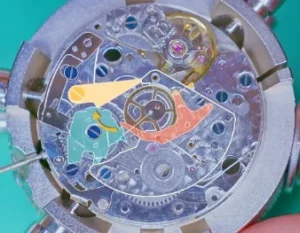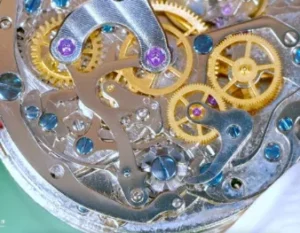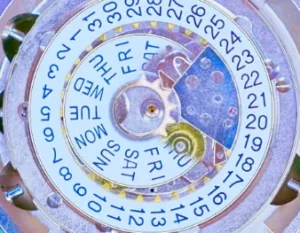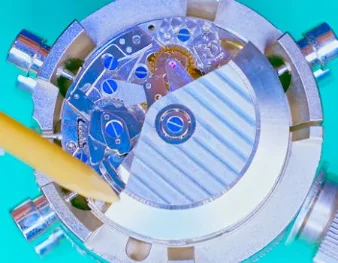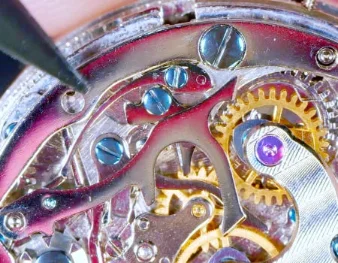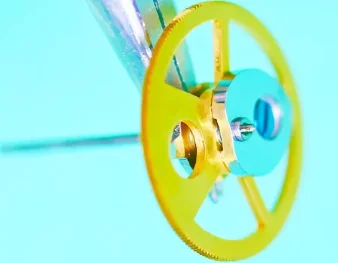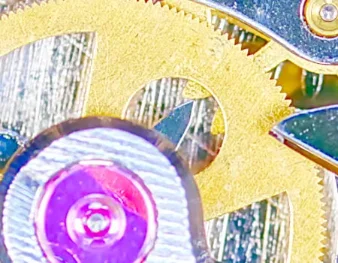SERVICING CHRONOGRAPH WATCHES
OVER 6 HOURS and 40 minutes OF CRYSTAL CLEAR ULTRA HD 4K VIDEO TEACHING
Level 1 of the Watch Repair Course provides more than 6 hours and 40 Minutes of teaching with 54 full ultra high definition 4K videos.
All the images you find below, and on this whole web page are actual screen shots from the lesson videos. Once you have gained access to the course level, you will have access to it for as long as you need – there are no time limits. This will allow you to go over and review all the course content as many times as you like, even after you have completed the course.
Get Instant Access
Level 5 – Servicing Chronograph Watches
- Enrollment Cost
- COURSE ACCESSYou get immediate access to the course material including the HD resolution video lessons and no time limits.
- NO LIMITSYou can review all the material, including the videos, as many times as you wish.
- COURSE EXPIRATIONAccess to this course does not expire!
What you will learn in Level 5
DEMONSTRATING THE OPERATION AND SERVICE OF THREE VERY POPULAR MOVEMENTS
Level 5 Course Content
C5.0.0 Introduction
This video lesson introduces Level 5 of the watch repair course and summarizes the topics discussed throughout the complicated subject of servicing chronograph watch movements.
C5.1.0 The Chronograph Mechanism
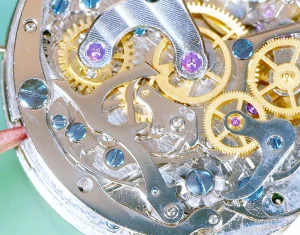
The ability to record intervals of time independently of the running of a mechanical watch, is made possible with the inclusion of a chronograph complication. The topics discussed within this level will help you to understand how the many parts which make up a complicated chronograph movement interact with each other in order to function.
C5.1.1 The Chronograph Components
An overview of the chronograph and the distinction between the different kinds of operation.
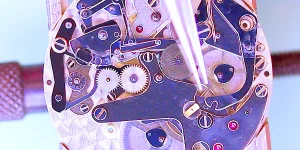
C5.1.2 Driving The Chronograph
A look at how a chronograph mechanism is commonly driven.
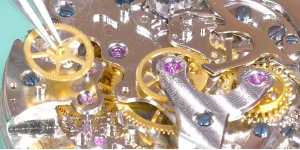
C5.1.3 The Chronograph Train
We take a closer look at the chronograph train of wheels and how they interact together.
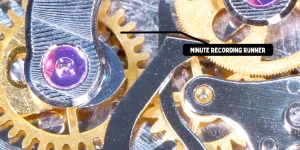
C5.1.4 The Pillar Wheel
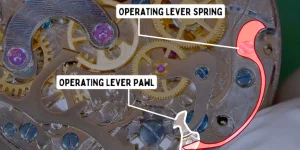
C5.1.5 The Coupling Clutch
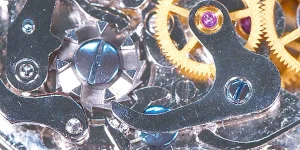
C5.1.6 The Return Hammer
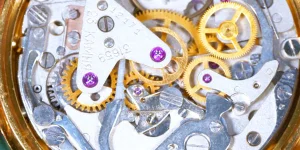
C5.2.0 Servicing Chronograph Mechanisms
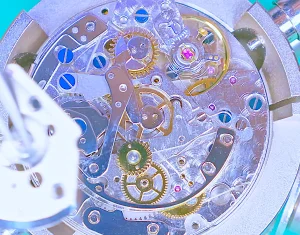
C5.2.1 Tools And Lubricants
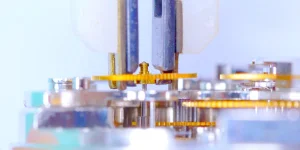
C5.2.2 Chronograph Disassembly
This lesson initiates the demonstration of stripping down our first example chronograph movement. The movement we will be using is manufactured by Sea-Gull and is caliber ST19
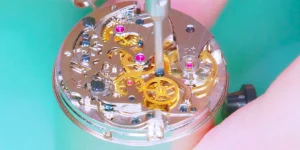
C5.2.3 First Steps
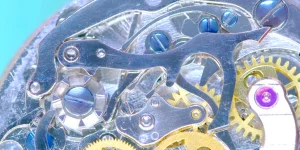
C5.2.4 Removing Chronograph Components – Part 1
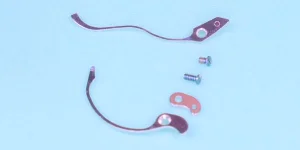
C5.2.5 Removing Chronograph Components – Part 2
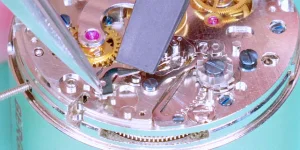
C5.2.6 Removing Chronograph Components – Part 3
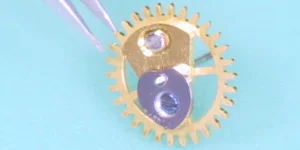
C5.3.0 The Cam Based Chronograph
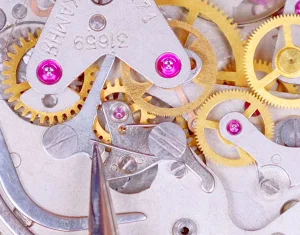
So far during this level, we discussed the Pillar, or Column wheel based chronograph movements. Specifically the Sea-Gull ST19 which is based on the now vintage Venus 175. For this section of the course we shall be using a watch movement based on the design of the Valjoux 7734, the Poljot 3133.
C5.3.1 The Cam Operation
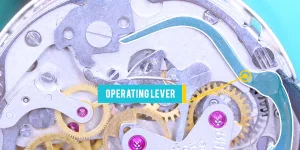
C5.3.2 Removing The Chronograph Components
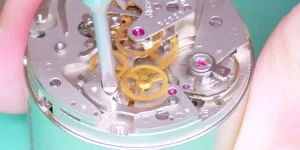
C5.3.3 Stripping Down The Base Movement – Part 1
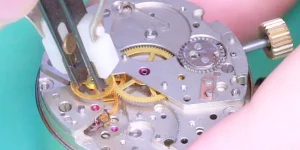
C5.3.4 Stripping Down The Base Movement – Part 2
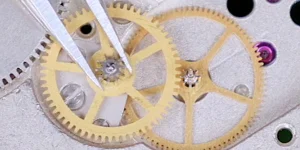
C5.3.5 Rebuilding The Base Movement
Time to re-assemble the movement and we start by rebuilding and lubricating the base movement of the Poljot 3133.
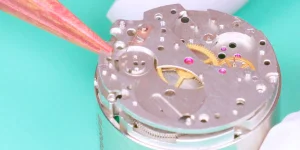
C5.3.6 Rebuilding The Chronograph Mechanism – Part 1
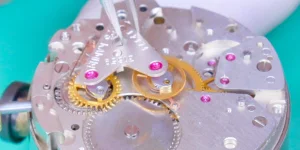
C5.4.0 The Valjoux 7750
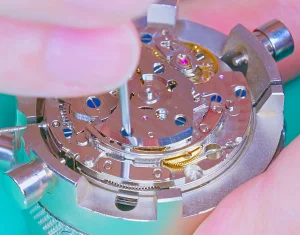
The next movement we shall demonstrate is the Valjoux or ETA 7750. This is a very popular movement that’s been around since the early 1970’s and is still being used by many watch manufacturers today.
C5.4.1 How The Valjoux 7750 Operates
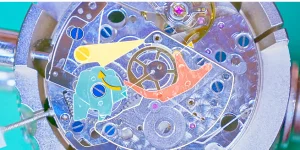
C5.4.2 Removing The Chronograph Components – Part 1
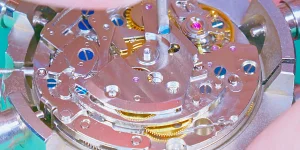
C5.4.3 Removing The Dial Side Components
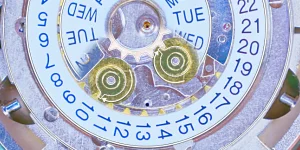
C5.4.4 Completing The Stripdown
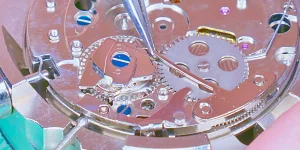
C5.4.5 Rebuilding The Base Movement – Part 1
We start to assemble and lubricate the base movement of the Valjoux 7750.

C5.4.6 Rebuilding The Base Movement – Part 2
We continue to assemble and lubricate the base movement of the Valjoux 7750.
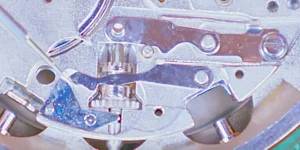
C5.5.0 Chronograph Adjustments
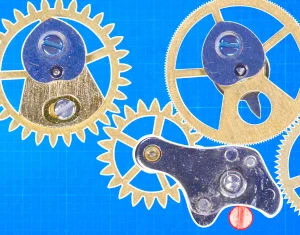
C5.5.1 Return Hammer Adjustment
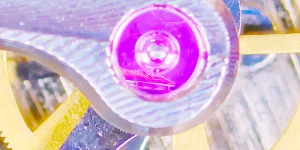
C5.5.2 Adjusting Depth of Engagement
Testing and correcting the depth of engagement between the chronograph train wheels.

C5.5.3 Minute Counting Wheel Adjustment

C5.6.0 Level 5 Summary
This final video lesson follows your Level 5 assessment and summarizes the lessons learnt throughout level 5, Servicing Chronograph Watch Movements.
Recent Reviews For Level 5
Thanks
There was NO WAY I could service a 7750 movement without your videos. Thanks for the great video to make it possible to deal with this complex movement.
Truly inspiring!
Ever since completing the first three levels I have been anxiously looking forward to the release of a next level. Whilst doing so I was actually wondering whether the high…
Truly inspiring
Ever since completing the first three levels I have been anxiously looking forward to the release of a next level. Whilst doing so I was actually wondering whether the high…

